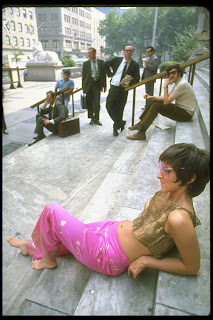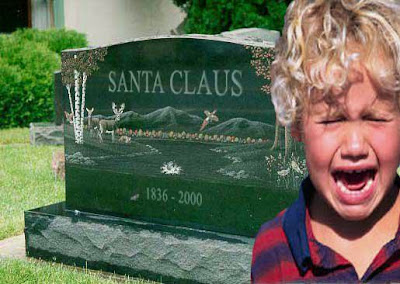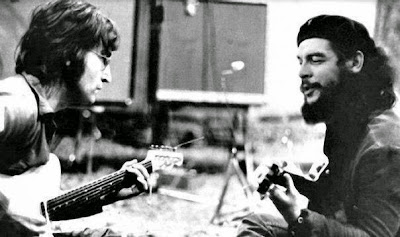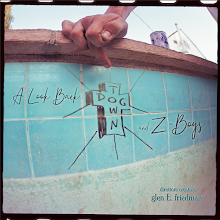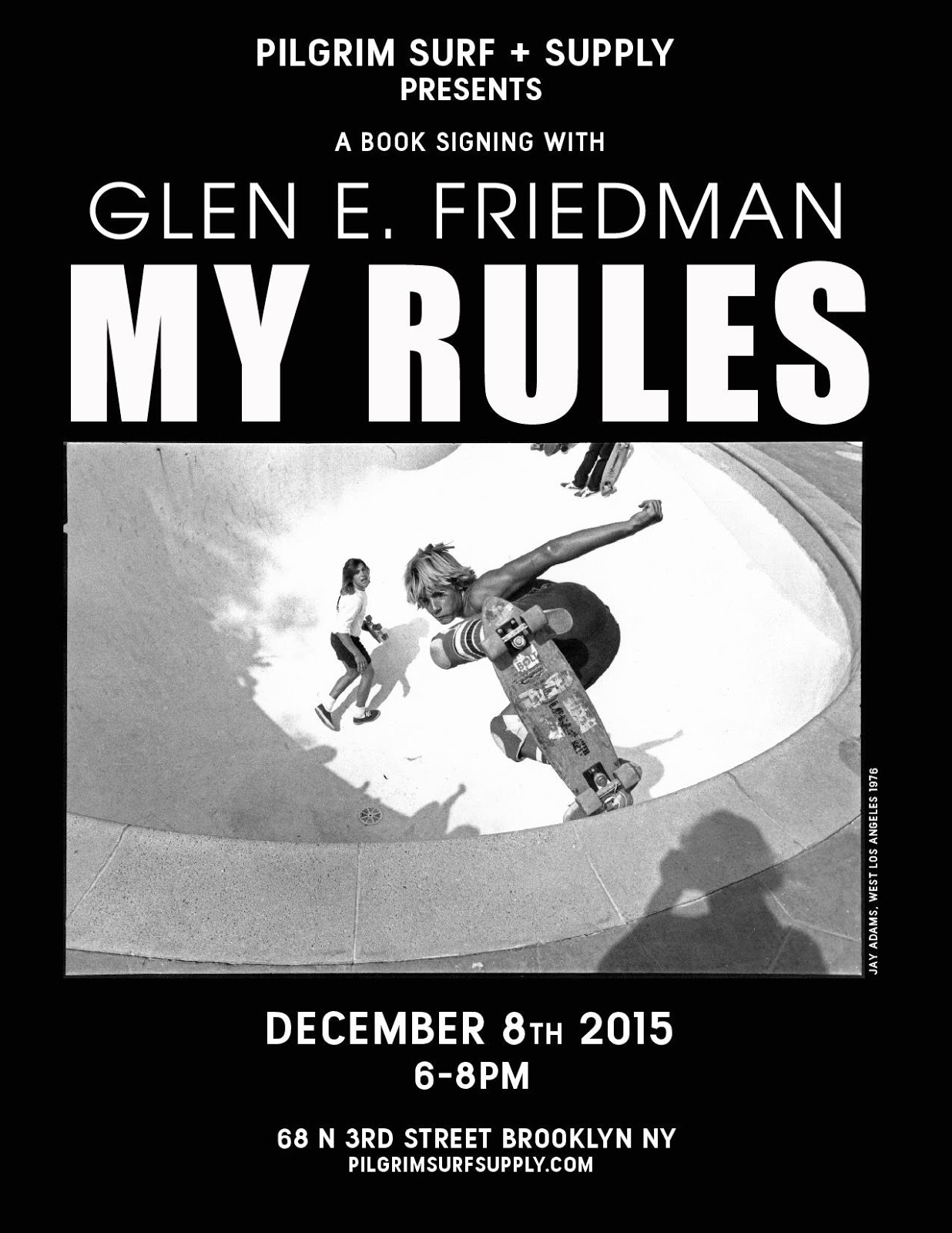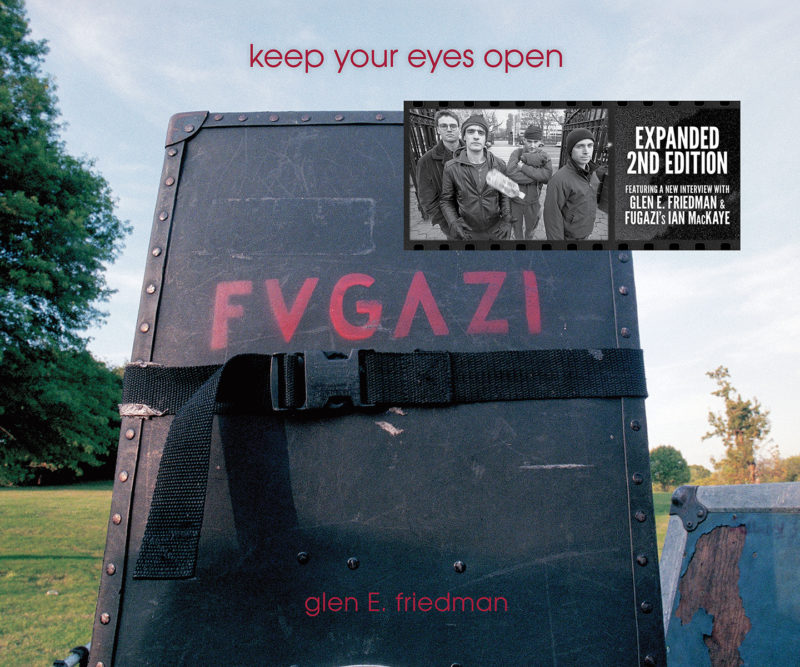ONLY A FEW DAYS LEFT TO
SUPPORT 30th ANNIVERSARY

from
the New York Times
By DAVID GONZALEZ
When it comes to hip-hop pioneers, years before MTV rapped, Michael Holman repped.
He first made his mark in the early 1980s as a journalist and filmmaker who documented the emerging urban blend of graffiti, rapping, D.J.-ing and B-boying. He took Malcolm McLaren, the manager of the Sex Pistols, to witness Afrika Bambaataa and Jazzy Jay mixing beats at an open-air free-for-all in the maze of brick towers at the Bronx River Houses. That, in turn, inspired the British impresario to have Mr. Holman bring a hip-hop revue to the Ritz in Manhattan to open for Bow Wow Wow.
By 1984, Mr. Holman was the host of “Graffiti Rock,” a nationally syndicated television show that had him presiding over a sea of bobbing Kangol caps and swiftly moving, fat-laced Adidas sneakers, as the likes of Run-DMC had lyrical battles with members of the Treacherous Three, all set against a multicolored aerosol backdrop. People still talk about the show; Polish B-boys copied dance moves step for step. Rappers sampled parts of the show, as the Beastie Boys did on the intro to “Alright, Hear This.”
Mind you, it lasted only one episode.
“That was my tragedy. I was ahead of my time,” Mr. Holman said. “I had ‘trend-heimer’s’ disease. The station managers thought rap was a passing fad. Who knew where this was going to go?”
Actually, he did.
A conversation about pop culture with him crisscrosses the late 20th century, peppered with references to Andy Warhol, Jean-Michel Basquiat, Fab Five Freddy and the Rock Steady Crew. It is not name-dropping, but a reflection of his wide-ranging interests in painting, music, journalism and film.
Since arriving in New York in the late 1970s, he has been adept at sizing up pop culture. Among his early friends and collaborators in New York was Basquiat, with whom he formed the band Gray. As he became part of the downtown scene, he grew curious about some of the uptown parties he had heard about from people like Fred Brathwaite, who would later gain fame as the host of “Yo! MTV Raps” in 1988.
“When I came downtown, part of the news I was spreading was about this new culture coming out of Harlem and the Bronx,” Fab Five Freddy said. “Michael was one of the first people I met on the scene, and I kind of introduced it to him. And he dove right in.”
Mr. Holman went from writing about the different elements of this early scene, in the East Village Eye and Artforum, to playing a pivotal role in its global spread when he persuaded Mr. McLaren, a British trendsetter, to check out one of Mr. Bambaataa’s Zulu Nation parties at the Bronx River Houses in 1982. Yet when Mr. Holman picked up Mr. McLaren at his Midtown hotel, they almost did not make it to the party.
“Remember the New Romantic movement with pirates and Indians?” Mr. Holman recalled. “Malcolm was dressed like a pirate, with a puffy blouse and these big pantaloons. I thought, there was no way we could go up there with him dressed like that.”
But they did.
“It was like something out of Joseph Conrad,” Mr. Holman said. “There were like 1,000 kids rocking to Bambaataa, and the beats were thumping off the buildings. These were the kids who were too young to go to Studio 54 or a Luther Vandross concert. They were junior high school kids. And Bambaataa had a captive audience.”
That encounter inspired Mr. McLaren to ask Mr. Holman to bring a hip-hop revue to open for Bow Wow Wow at the Ritz, which in turn led to a regular Thursday spot at Negril in the East Village. Two years later, “Graffiti Rock” had its exceedingly brief run.
“That show was seen by so many people who blew up in the ’90s, like Q-Tip from A Tribe Called Quest,” he said of younger members of his audience, some of whom went on to achieve success. “I knew in my heart when I was putting it together that kids his age, 10, 11, 12, that was the exact target market. He was not only the future, but the future of hip-hop.”
Mr. Holman still thinks the short-lived show has a future, which is why he is raising funds through Kickstarter to finish a 30th anniversary documentary on the making of “Graffiti Rock” and its vision of hip-hop’s various elements of art, music and dance.
He would especially like to remind well-off rappers like Jay-Z, who compares himself to Basquiat on his latest release, that it is not all ancient history.
“There is a part of hip-hop that did not become such a commercial success as rap did,” Mr. Holman said. “The other elements are still somewhat in the shadows of rap. But they’re part of an indigenous New York City culture that needs to be celebrated. We need to return rap to its roots, where it needs to be.”
SUPPORT MICHAEL -
30th Anniv. release of the first ever Hip Hop TV Show, "Graffiti Rock", & new Hip Hop documentary
"Graffiti Rock: The Untold Story"
















